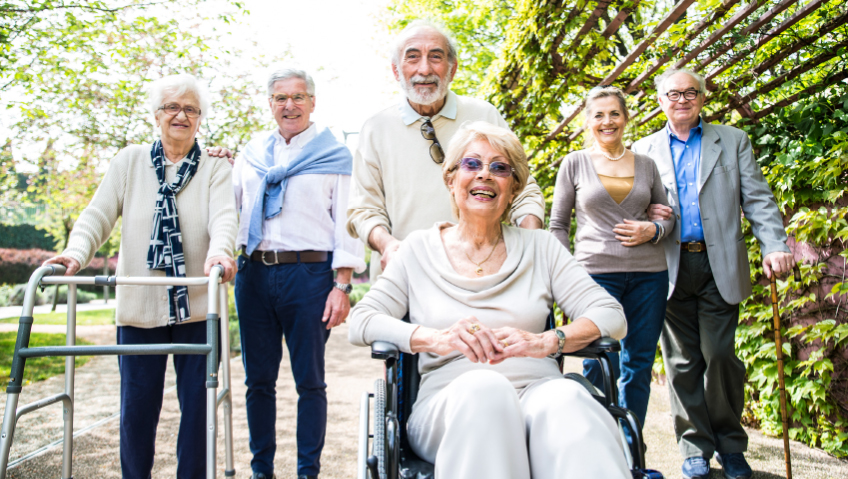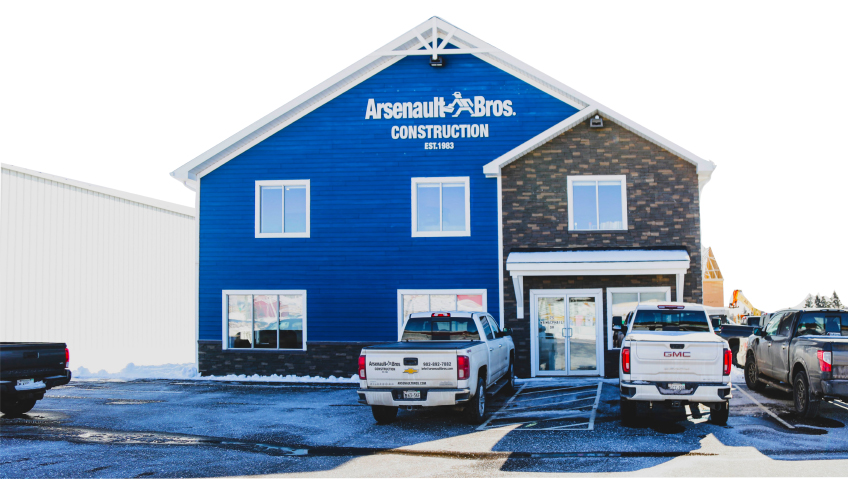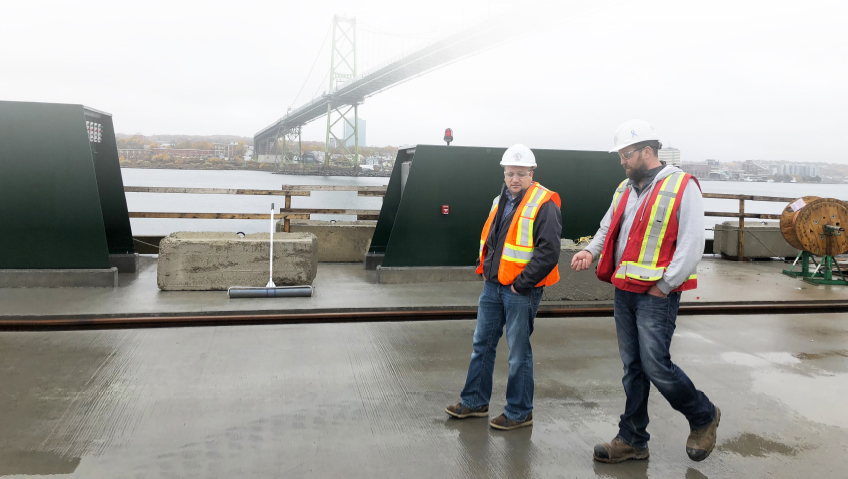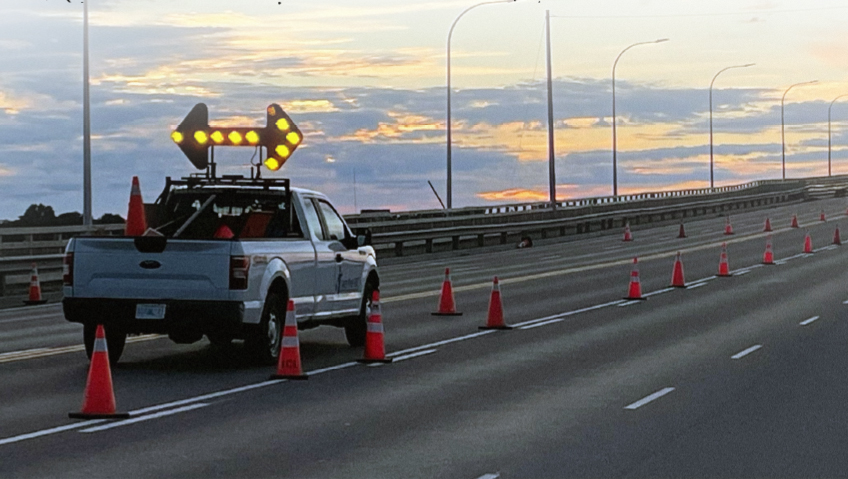By 2030, almost one billion men and women worldwide will be 65 and older. Mobility devices and technologies keep seniors safe in their homes, but once they leave their four walls, how are cities and towns making life easier, more enjoyable, and safer for aging residents?
Every few years, a catchphrase comes along that becomes a permanent part of our everyday language. Some are spawned by movies and television, while many come from advertising companies and are tied to a particular brand or product. From Nike’s ‘Just do it’ to insurance company Allstate’s ‘You’re in good hands’ and Kentucky Fried Chicken’s ‘Finger lickin’ good’, these taglines are so familiar it seems they’ve always been there.
Along with big hair and neon clothing, the eighties became known for some of the most enduring catchphrases, like fast-food giant Wendy’s ‘Where’s the beef?’ and the now-legendary LifeCall, “I’ve fallen and I can’t get up!” Marketed to seniors, the commercial for the LifeCall device—which alerted authorities in case of medical emergencies—spawned countless jokey imitations. Although the ad was parodied, it created a public awareness of the realities of older persons living alone, and the risks and challenges they face every day.
Close to home
Worldwide, senior care is big business for good reasons: many of us are living longer, thanks to new medications, advanced medical treatments, and a greater awareness of our lifestyle choices such as good nutrition and exercise, and the dangers of smoking, stress, and alcohol.
Although life expectancy recently fell in the United States from 78.9 years in 2019 to 76.6 years in 2021 (with COVID being a leading cause of death), we are today generally living longer, healthier, and more productive lives. In 1969, the average American lived 70.51 years; 50 years later in 2019, 78.79 years.
Of course, this means a duty on us to consider, and manage, the conditions in which these seniors spend their autumn years for the benefit of both the more elderly (and that will come to mean ourselves!) and society in general. Even if we’re not running the 26-mile Boston Marathon at age 75 or climbing Mount Everest in our eighties, preferring to watch television and do crossword puzzles, seniors need to be safe at home and in their communities.
Doctors and gerontologists—health care professionals specializing in the study of aging—agree about the benefits of older people remaining in their homes (also known as ‘aging in place’) for as long as possible. Often, seniors dedicate their entire lives to their homes, places of comfort and familiarity. They know their neighbours, local shops, and amenities.
Living independently
The term ‘independent living’ includes everything from simple inexpensive gadgets, like no-tie shoelaces and battery-operated jar openers, to investing tens of thousands retrofitting houses inside and out.
This can include entrance ramps, safety handrails, widened doors, installing of larger windows, indoor and outdoor chair and stair lifts, new lighting, installation of elevators, and lowering sinks and countertops in kitchens and bathrooms.
The overall goal? To stay in the comfort of your own home for as long as possible, preferably your entire life.
Attitude toward seniors depends on culture and country. In many European cities—led by Switzerland, Norway, Sweden, and Germany—older persons have a higher quality of life. According to the Global Age Watch Index, factors include health status, capability, income security, and an enabling environment, including physical safety and access to public transportation.
Senior-friendly cities
For older persons, the ability to navigate streets and sidewalks, shopping centres and public transit is as important as feeling secure in their homes. As populations grow older, senior-focused organizations are calling for more convenient, safer communities. These include The American Association of Retired Persons, better known as AARP®, which focuses on issues facing members over age 50.
An influential lobbying group, the 38 million-plus membership organization is behind magazines, bulletins, and the recent Aging Readiness & Competitiveness Report. Created by AARP and FP Analytics, the report details the preference for older men and women to stay at home instead of moving to a retirement residence, remaining active and contributing members of their communities.
Along with preventing social isolation and promoting social engagement, the report discusses the importance of accessibility. Despite some improvements, the report found accessibility needs work in key areas such as transportation, public spaces and housing.
“While industrialized countries are primarily focused on upgrading existing infrastructure, often by providing financial subsidies, developing countries are well positioned to incorporate age-friendly elements in their ongoing infrastructure development, but thus far have largely failed to take advantage of this opportunity,” says the report’s Executive Summary.
A better environment for the elderly
The infrastructure of cities and towns is as important for seniors as are their homes and communities. Fostering greater usability includes everything from low-tech solutions—such as increasing the number of street benches and public restrooms—to the construction of more senior centres to meet the needs of communities.
Other initiatives include lighting improvements, larger signage, better training of city employees to work with aging populations, and increased awareness of accessibility and dementia.
Accessible parks are another element important to improving the lives of seniors. In its report, Placemaking for an Aging Population: Guidelines for Senior-Friendly Parks, the UCLA Luskin School of Public Affairs and Lewis Center for Regional Policy Studies addressed why there is a need for parks for older adults, case studies of senior-friendly parks, design guidelines, and many other areas including accessibility, safety, contact with nature, and even intergenerational playgrounds.
Parks are valuable assets for play and social interaction for children and seniors and serve as a natural respite from congested cities and towns. For older individuals at risk of social isolation, they are especially beneficial, and a tool to make cities more age-friendly, along with improved transportation, community support, and health services.
Elders, especially single men and women, may face loneliness, which can lead to physical and mental health issues like depression and premature death.
“Parks can reduce the prevalence of social isolation, provide opportunities for intergenerational interaction, and create a sense of place and attachment,” says the Placemaking report. “Indeed, parks can offer a great deal more than simply a place to go outdoors. They provide settings where elders can interact with other elders, exercise, visit together with their families, or tend to their grandchildren.”
Going high-tech
For cities big and small to better serve seniors, rudimentary changes need to happen. Lowering speed limits, increasing the number of road crossings, distinctive signage and barrier-free access increase walkability, while low-boarding buses and senior-designated seating encourage using public transit instead of driving, and the likelihood of more social interaction.
Another tool is technology.
With seniors embracing cell phones and using Smart watches to monitor their health and activity, tablets and other devices are more connected than ever, and able to interact with Smart city services. Modern urban areas using sensors, voice activation and other electronic tools help Smart cities gain data to manage their assets, which in turn improves operations through technology.
Cities like Seattle are using data via Access Map Seattle for street maps and to indicate pedestrian walkways. Barcelona’s smartappcity is a mobile app integrating all city services, from tourism and city guides to parking, bike sharing, charging stations, city buses, pharmacy locations, gas stations, and even the environment.
Cities are homes to aging residents, many of them living in the same place their entire lives. The realities of people living longer are far from exclusive to North America. Back in 2006, the World Health Organization (WHO), with support from the Public Health Agency of Canada (PHAC), researched 33 cities in 23 countries. This was “to identify what actions cities and communities can take to encourage active aging and hence be ‘age-friendly,’ according to the report, The Global Network for Age-friendly Cities and Communities: Looking back over the last decade, looking forward to the next.
Researchers asked seniors to discuss advantages and barriers in eight areas of urban living: housing, transport, information and communication, outdoor spaces and buildings, community support and health services, social participation, civic participation and employment, respect, and social inclusion.
Demand from cities resulted in the WHO establishing the Global Network of Age-friendly Cities and Communities (GNAFCC) in 2010, and the World report on aging and health in 2015.
For seniors who prefer staying in their own homes instead of moving to retirement residences, the future is likely to see a blend of sensible, low-tech products such as more benches and cut-down curbs to reduce tripping hazards, and technologies like ‘talking’ bus stops that alert riders to bus schedules in a variety of languages. It promises to be an interesting mix.






